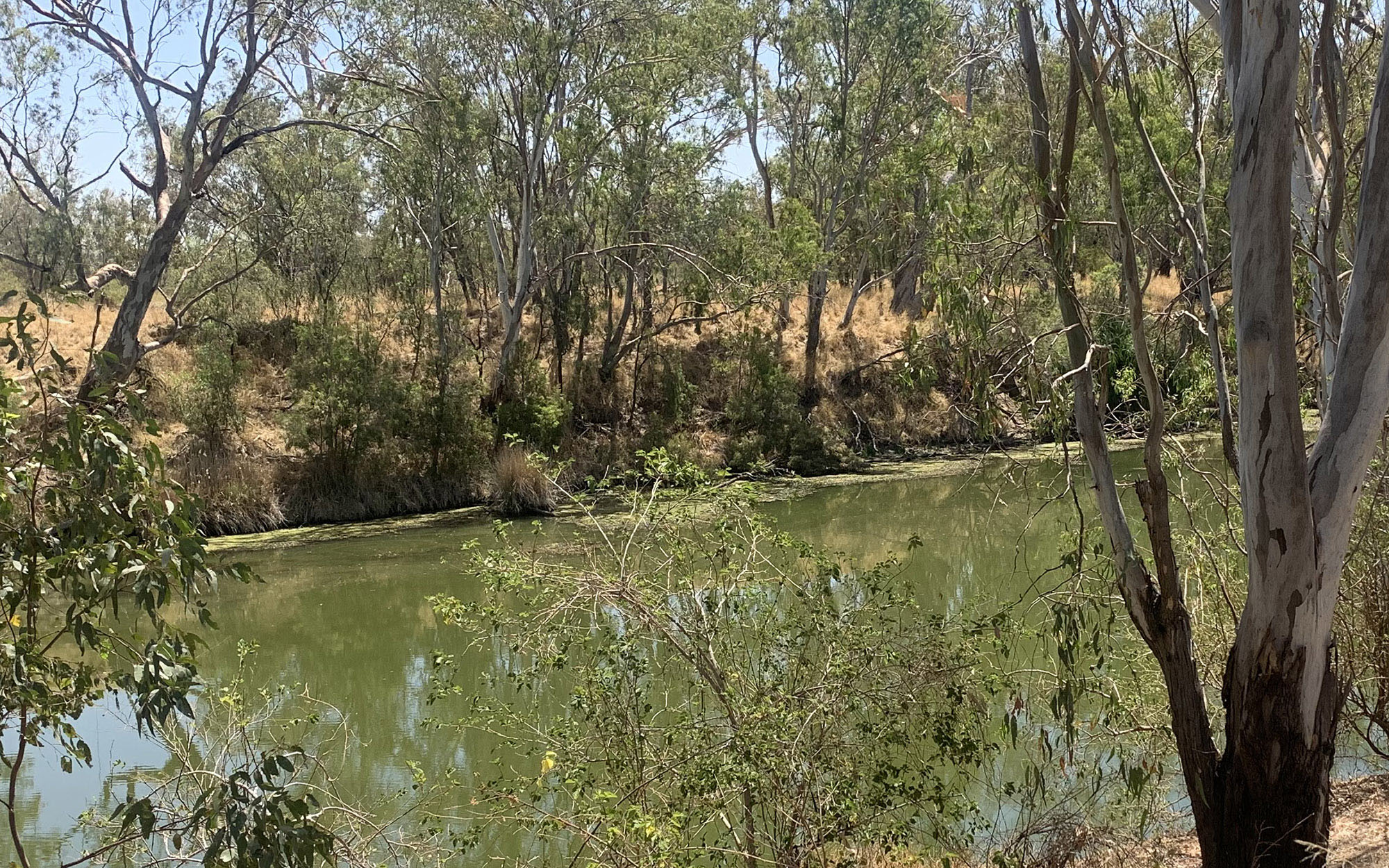Water Engagement Roundup
The questions and answers from the Water Engagement Roundup webinar recorded on Wednesday 19 March 2025 are below. The topic for March was the technical methods for groundwater impact assessments for permanent water trades and new bore applications for different aquifer types.
Watch the webinar
20 March 2024. This month's update was on the technical methods for groundwater impact assessments for permanent water trades and new bore applications for different aquifer types.
Questions and answers
With the Assessment how are groundwater-dependent culturally significant areas or sites collected, and data coordinates stored and then reviewed, to ensure for example the new supply works are not within 200m of a water sharing plan?
A. The Aboriginal Heritage Information Management System (AHIMS) database is used to identify culturally significant sites.
The Base Scenario all water users extract an authorised usage for a 10 year period is an overestimate of what really happens in groundwater aquifer areas across NSW. Why not estimate the likely usage, would 40-70% for each area give a more accurate impact assessment? There are many irrigation bores out there that cannot extract their entitlement or BEL?
A. Note in the main alluvial pumping areas more than their authorised volume (shares) is often taken due to carry over and temporary trades so this statement is not generally true for the high use areas.
There is no rule to stop an individual licence holder from using their full shares. The suggestion put to us by the audience member, would introduce more uncertainty into the assessment as there is no way to predict or control user behaviour. A history of low use does not mean that the licence holder will not sell their property or change behaviour at any time.
Is there mapping of groundwater available to local government that they can use for both for assessing impacts of development on groundwater and for managing groundwater dependant ecosystems on council managed land.
A. Also refer to SEED for groundwater dependent ecosystems (GDE) data.
Assessment of water trades and new bores is assessed as part of the application process by the department’s Groundwater Team.
It is common that groundwater models for WSP Groundwater Sources are not available in our region, is there a greater reliance on monitoring existing (approved and constructed) bores when completing the assessment, and how is sensitive sites (groundwater dependent ecosystems (GDE) considered when monitoring bores cannot be constructed nearby?
A. Agree there are not groundwater models for all groundwater sources in NSW.
New Bore and Dealing application are assessed on a case by case basis, these include impact to groundwater dependent ecosystems (GDE) where identified. An analytical model is developed for each application to predict impacts from pumping on nearby receptors (including GDE).
Given the possibility of moving into a dry scenario for surface water, what is the current status of the Lower Murrumbidgee Deep Aquifer in terms of the 5 year rolling average of extraction and trigger point for restricted extraction?
A. See our webpage: Tracking groundwater.
(At the time of posting this comment, the issue with the link to WaterNSW usage data is in the process of being fixed)
You mentioned recharge isn’t taken into account in the modelled extraction figures. If in the history matching to the observed data isn’t in alignment. Showing a much higher extraction in the modelled scenario than the observed data, what mechanism is in place to bring into line with the observed data. What is the degrees of accuracy required? Is Recharge not being included is modelled scenario written down anywhere in the presentation?
A. No direct value for recharge to the aquifer is applied in the model when assessing applications. Recharge is considered indirectly, as explained below.
In shallow unconfined aquifer systems where rainfall and/or river recharge generally has a short-term impact on groundwater levels and predicted drawdowns, recharge is accounted for in the assessment by the setting of hydraulic parameters via the history matching process (described above). This reflects the actual groundwater level response to seasonal variation (caused by rainfall and river recharge) and groundwater extraction activities. Hydraulic parameters are optimised by this process.
Where there is insufficient data to undertake history matching in unconfined aquifers, recharge is accounted for by adjusting the hydraulic parameters in the model to the upper range of expected values for the aquifer type (e.g. alluvial or fracture rock). This adjustment is consistent with site-specific knowledge of the groundwater source and relevant hydraulic parameters for the aquifer type, as published.
In semi-confined/confined aquifers, where rainfall recharge is less direct to the source, a review of the analytical model generally determines that including rainfall recharge does not change the model outcome. This is because other factors are more influential for groundwater availability in the source, such as the hydraulic parameters.
Where unacceptable groundwater impacts have been observed, what are the implications for licensing and assessments?
A. In areas where groundwater levels are already in excess of the impact assessment criteria thresholds, then new bores and dealing applications are unlikely to be approved.
